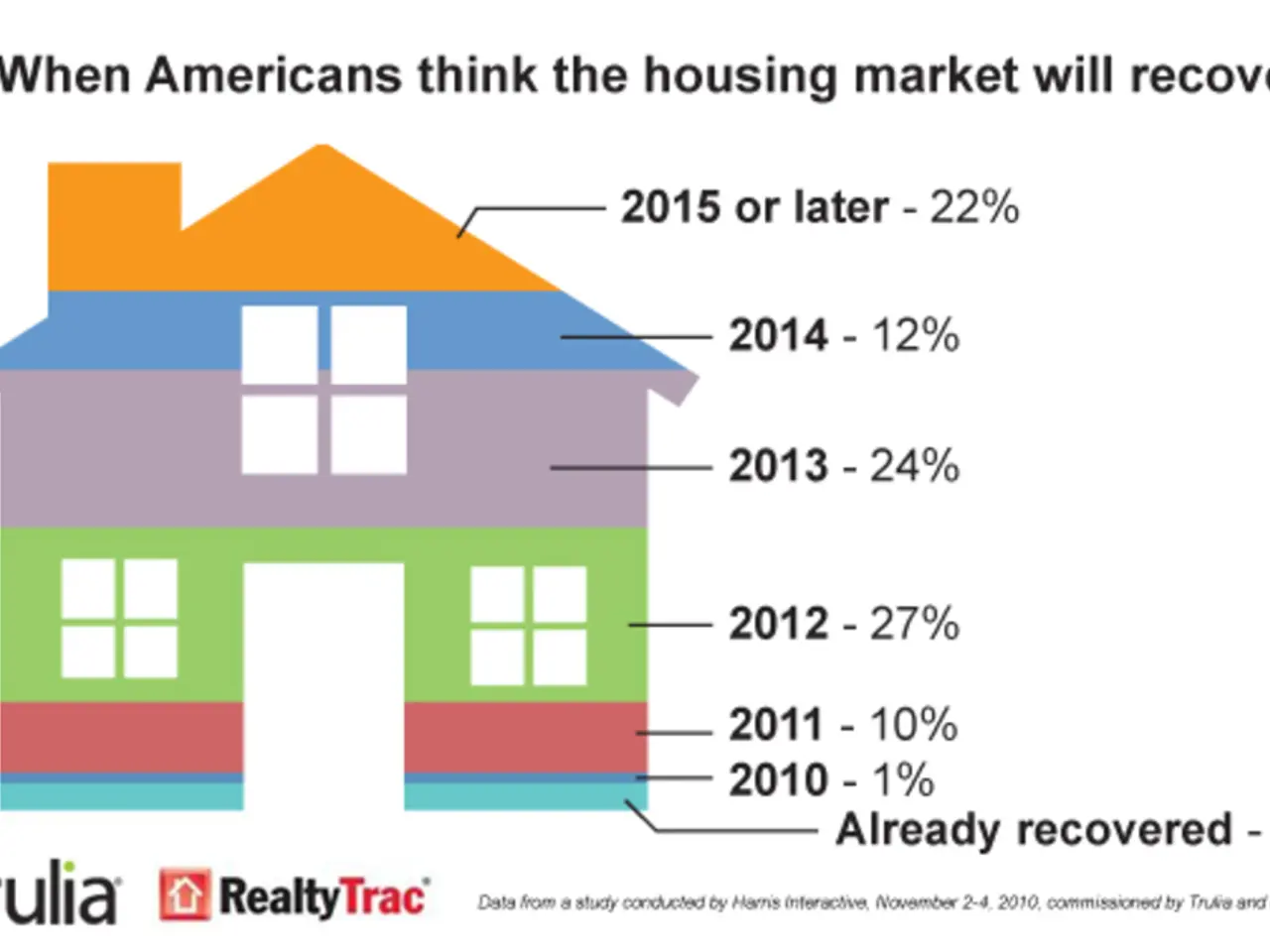Design Philosophies in Scandinavia: Emphasis on Simplicity and Practicality
In the world of interior design, Scandinavian aesthetics continue to captivate and inspire, with 2025 set to witness a harmonious blend of minimalism, natural elements, and cozy comfort, otherwise known as hygge. This approach, which emphasises sustainability and smart use of space, is poised to transform homes into peaceful, functional sanctuaries.
At the heart of this design philosophy is a light and neutral colour palette. White or off-white walls remain the foundation, maximising light and space perception, while soft grays, pale blues, muted pastels, and emerging earthy tones like ochre, moss green, and clay bring nature indoors subtly.
Maximising natural light is another key principle. Minimal window treatments such as sheer curtains or light-filtering blinds are preferred, allowing ample daylight, which is crucial in Nordic environments. Reflective elements like mirrors are used to expand visual space and brightness.
Natural materials and textures are central to the Scandinavian aesthetic, promoting a connection to nature and sustainability. Wood (especially light tones), stone accents, linen textiles, and other organic materials are prevalent, reflecting the rising trend of biophilic minimalism that integrates greenery and raw textures to foster well-being.
Functional, minimalist furniture pieces are designed to be streamlined and space-efficient without sacrificing warmth or comfort. Layering cozy textiles and soft furniture helps avoid a cold, sterile feel, balancing simplicity with hygge-inspired coziness.
Scandinavian design excels in making small spaces feel inviting and practical by clever furniture choices, light colour schemes, and thoughtful layout strategies that enhance comfort and flow. Sustainability and wellness orientation are also key trends, with an emphasis on environmentally-friendly materials and creating serene, mindful interiors that support health and relaxation.
Pendant lights in Scandinavian design have simple, geometric designs and provide focused illumination without visual heaviness, using materials like glass, light-colored wood, and white metal. Table lamps have simple ceramic or wooden bases paired with white or natural linen shades, adding warmth without visual clutter.
Candlelight is essential for creating hygge, the Danish concept of coziness and contentment, in Scandinavian interiors. Linen curtains and natural textiles play a crucial role in softening the clean lines prevalent in Scandinavian design. Built-in storage solutions help minimise clutter while maximising functional space.
Floor lamps offer functional lighting and sculptural interest, with slim profiles, adjustable components, and neutral finishes. Plants play a crucial role in Scandinavian interiors, serving as living design elements that bring vitality to clean, neutral spaces. Strategic positioning of greenery near windows maximises their exposure to natural light while enhancing the connection to the outdoors.
The signature Scandinavian colour palette revolves around light, airy neutrals that maximise brightness in spaces that experience limited natural light during winter months. Open floor plans eliminate unnecessary walls and partitions, allowing light to travel unobstructed throughout the home and creating a sense of spaciousness.
Functionality and practicality are key priorities in Scandinavian design, ensuring that beauty never comes at the expense of usability. Furniture selection and placement focus on raised legs that allow light and sight lines to pass underneath, creating a perception of more floor space and reducing visual weight.
Quality craftsmanship, sustainability, and meaningful simplicity form the foundation of authentic Scandinavian interiors. Scandinavian design combines minimalist aesthetics with functional solutions to create spaces that enhance daily living. In essence, it's a modern, minimalist style enriched with natural warmth, sustainable practices, and an inviting atmosphere, perfect for both small apartments and larger homes alike.
[1] https://www.dezeen.com/2020/01/15/scandinavian-interior-design-trends-2020-hygge-minimalism-natural-elements-sustainability-biophilic-minimalism/ [2] https://www.architecturaldigest.com/story/scandinavian-interior-design-trends-2021 [3] https://www.homedit.com/scandinavian-interior-design-trends-2021/ [4] https://www.mydomaine.com/scandinavian-interior-design-trends-2021 [5] https://www.thespruce.com/scandinavian-interior-design-trends-2021-1398958
- The Scandinavian design philosophy of interior, art, and architecture is centered around a light and neutral color palette, maximizing light and space perception, and integrating natural elements like ochre, moss green, and clay for a harmonious blend of hygge in 2025.
- In Scandinavian design, functional, minimalist furniture pieces are streamlined and space-efficient, with warm and cozy textiles layered to avoid a cold, sterile feel, illustrating the significance of lifestyle and comfort in this design approach.
- The Scandinavian aesthetic values natural materials and textures, promoting a connection to nature and sustainability. This is evident in the prevalence of wood, stone accents, linen textiles, and organic materials that reflect the emerging trend of biophilic minimalism in contemporary home-and-garden design.






